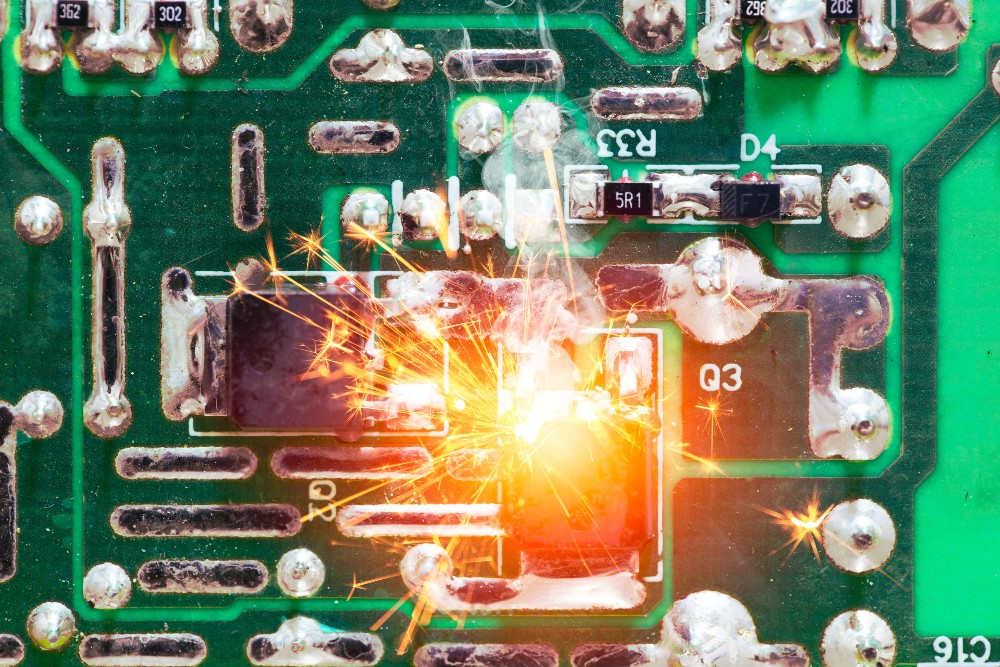Current limiting circuits play a vital role in electronics by protecting components and circuits from excessive current. These circuits ensure safe operation and prevent damage caused by overcurrent conditions. This comprehensive guide aims to provide an in-depth understanding of current limiting circuits, their importance, and various implementation methods. By following this guide, engineers and electronics enthusiasts can design robust circuits that effectively regulate current flow.

Section 1: The Need for Current Limiting Circuits
Excessive current can lead to various issues, including component failure, thermal damage, and hazards such as fire. Current limiting circuits are essential to:
- Protect components from damage due to excessive current.
- Maintain circuit stability and prevent voltage drops.
- Ensure the safety of devices and users.
Section 2: Common Types of Current Limiting Circuits
There are several methods to implement current limiting in electronic circuits:
H2 2.1 Resistors
Resistors are the simplest form of current limiting devices. By placing a resistor in series with the load, the current flowing through the circuit can be limited. However, this method is not efficient for high-power applications due to power dissipation concerns.
H2 2.2 Current Limiting Diodes
Current limiting diodes, such as the zener diode, can be used to limit current in specific applications. These diodes operate by providing a fixed voltage drop, which limits the current flow. They are commonly used for low-power circuits or as protection devices in sensitive electronics.
H2 2.3 Transistors
Transistors, specifically bipolar junction transistors (BJTs) and metal-oxide-semiconductor field-effect transistors (MOSFETs), are widely employed as current limiting devices. By configuring the transistor in a specific way, it can act as a variable resistor, regulating the current based on the control signal.
Section 3: Current Limiting Techniques
H2 3.1 Constant Current Sources
Constant current sources are designed to maintain a specific current regardless of load changes. They are commonly used in applications where a steady current flow is critical, such as LED lighting and battery charging circuits.
H2 3.2 Current Limiting ICs
Integrated circuits (ICs) dedicated to current limiting are available and provide a convenient solution for current regulation. These ICs often include features like thermal shutdown protection and adjustable current limit thresholds, making them suitable for a wide range of applications.
Section 4: Design Considerations
When designing current limiting circuits, the following factors should be taken into account:
- Maximum allowable current for components and loads.
- Power dissipation and thermal considerations.
- Accuracy and precision of the current limiting method.
- Response time and dynamic behavior of the circuit.
Conclusion
Current limiting circuits are vital for protecting electronic components, ensuring circuit stability, and maintaining user safety. By understanding the different types of current limiting circuits, their implementation methods, and design considerations, engineers can effectively incorporate current regulation in their designs. Whether using resistors, diodes, transistors, or dedicated ICs, current limiting circuits are an indispensable tool for reliable and safe operation of electronic systems.
Related Articles:
 Sam
Sam
Discussions
Become a Hackaday.io Member
Create an account to leave a comment. Already have an account? Log In.